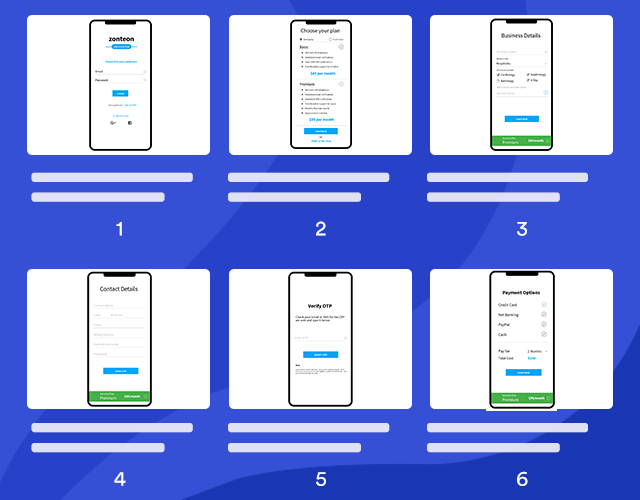

In Phase 1, we scoped our analysis to US listeners. And we developed it in two phases: Phase 1 (2017) For us, our personas tool is an example of a boundary object – a durable and reliable artefact that’s flexible enough to inspire discussions, share information, and adapt to the needs of the product development process. The general idea is that capturing and clustering the needs, goals, habits, and attitudes of existing and potential users helps to build a solid understanding of the problem space. User-centred design has several schools of thought on how best to create and use personas. We responded to this challenge by designing personas.

And we were determined to put a face to our listeners – an identity that everyone at Spotify could recognise and talk about with ease. We needed a solution that was durable and flexible enough to work for autonomous teams, working out of different offices, in different countries and on different parts of our products.
MOCKFLOW WIREFRAMEPRO HOW TO
We wanted to agree on how to differentiate the needs of these listeners and the problems our products could solve for them. So in 2017, our team was challenged to create a better understanding of existing and potential listeners. Yet designing for a mass, generalised audience isn’t likely to end up pleasing ‘everyone’. It’s present in over 79 markets and it offers experiences – like Daily Mixes – that are personalised to every single listener. It can be used by anyone with a phone, computer, car, set of smart speakers, or many other devices. After all, Spotify is available as a free and paid product. And since listening to music is so universally popular, it might seem at first that the answer is ‘everyone’. Here at Spotify, we often ask ourselves whom we’re designing for.


 0 kommentar(er)
0 kommentar(er)
